New and Different: the rise of amateur chamber orchestras with no direct links to academia or instrumental societies
These Baroque groups play with period instruments and are just as committed to historical performances as their professional counterparts
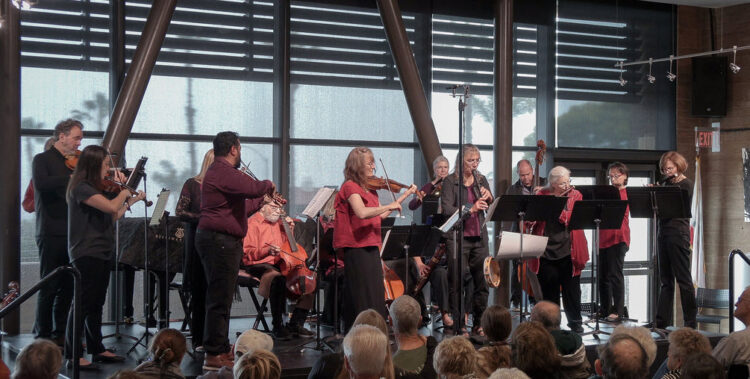
Since the early-music movement first shook up the classical world in the 1970s and ’80s, stirring aesthetic and creative controversies in the process, professional period-instrument ensembles have become so commonplace that most major cities in the United States can claim at least one. And indeed, the musical standards of today’s groups are often of such a high caliber that it’s easy to forget that some of the earliest players of still-evolving Baroque music were aristocrats and members of the court — musical hobbyists of varying skill levels.
So it’s unfair that the term “amateur,” from the Latin amator — to love — is often used as a pejorative. The highest calling for an art or a sport has been corrupted and degraded over career ambitions and money.
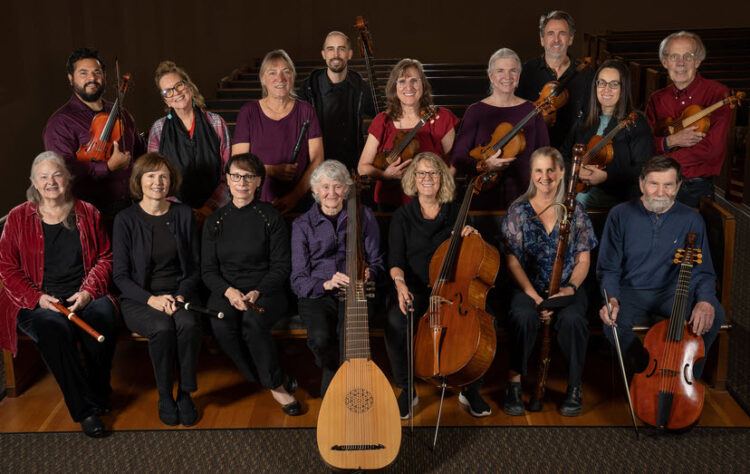
But the Baroque amateur tradition is quietly returning with the emergence of community-based early-music ensembles — learning and performing for love alone. The Pacific Coast seems to be something of a hotbed with groups like the Kensington Baroque Orchestra in San Diego and New Baroque Orchestra in Seattle.
Why the concentration there? No one can speak with certainty. Violinist Adam Lamotte, who co-founded Trillium Baroque in Portland, Ore., in 2018, has his own theory. “There is a certain kind of personality that I find on the West Coast, as opposed to the rest of the country,” he said, “that lends itself to not only the appreciation of Baroque performance but also a community-centered, amateur desire to come together and make music and think outside the box.”
Just how many of these community-based ensembles exist is hard to say. Some are so informal that they are not registered as 501(c)3 non-profit organizations, have no professional staff, and don’t do much of anything to publicize their activities. “We keep it kind of under the radar, mostly because it’s based around creating these micro-communities within an even nerdier larger community,” Lindsey Strand-Polyak, artistic director of Los Angeles Baroque, said with a chuckle about the phenomenon.
‘It’s an intellectual endeavor. It’s an artistic endeavor. It’s a social endeavor and an inspiration for living that has made my retirement a whole different world.’
What is clear is that this nascent trend is definitely on the rise, and the people involved are very enthusiastic and devoted. Jane Tsong, an employee of a government land conservancy in her mid-50s, had only been playing viola for about two years when she joined Los Angeles Baroque. “I was really at a clumsy beginning level, but I was so excited by the idea of learning about Baroque style, and the group is fantastic,” she said. Because she was such a novice, she was sure the group would keep her from playing during certain pieces. “That would have been fair, but they didn’t,” she said. “They encouraged me, and I had to work really hard to keep up.”
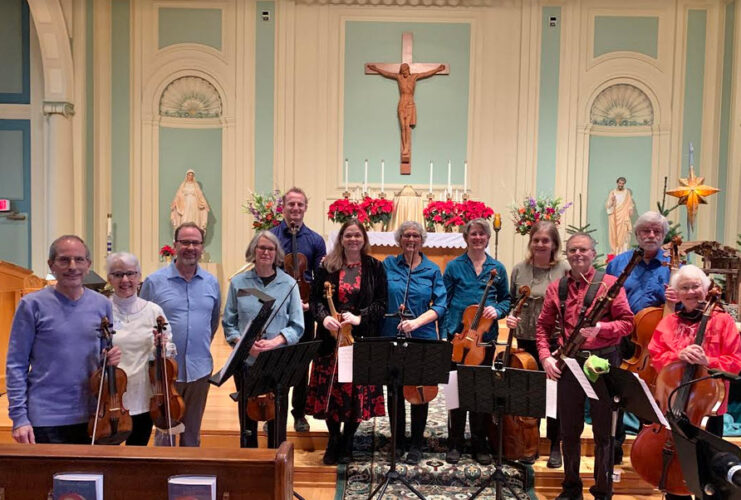
LaMotte’s time with Trillium Baroque has differed significantly from what he has experienced at times with professional ensembles, where some musicians treat an engagement as just another gig and, when things aren’t going well, engage in eye-rolling and interpersonal tiffs along the way. “It’s so beautiful to be around people who are there just because they want to be there, and because they love it,” he said. “It’s like nothing else.”
‘It’s so beautiful to be around people who are there just because they want to be there, and because they love it.’
There have long been amateur groups formally organized and focused on particular instruments, including the American Recorder Society, Historical Brass Society, Viola da Gamba Society of America, and others. There are volunteer choirs devoted to early music across the country. Well-established groups formed by colleges and universities, often using the name Collegium Musicum, primarily offer training and performing opportunities for students but also, on occasion, involve community musicians who can fill in the gaps in instrumentation and provide stability to anchor turnover in student membership.
These community musicians are typically “adults who are responsible and who show up to things when you ask them and can continue year after year,” said Allison Monroe, who is on the music faculty at Mount Holyoke College in South Hadley, Mass. “They don’t graduate. And for them, this is their musical outlet — whereas students might be in lots of ensembles.” Monroe directs the Five Colleges Collegium, which is part of a consortium of five New England schools including Mount Holyoke. (Before the COVID pandemic, the Five Colleges Collegium regularly included adults from the community although, at present, it admits just student members.)
‘We take all comers’
What is new and different is the rise of these full-blown amateur chamber orchestras with no academic ties, Baroque groups that play with period instruments and are just as committed to historically informed performance practices as their professional counterparts.
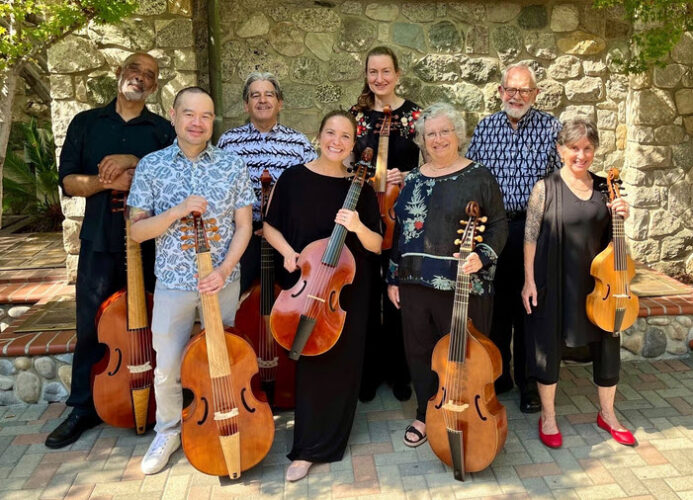
While she was involved in restarting the UCLA Early Music Ensemble in 2010, part of a dual masters-doctoral degree, Strand-Polyak kept getting emails from musicians who had just moved to town and didn’t have anywhere to play. She welcomed everyone and was impressed with the community members who joined. “I was like, ‘Why doesn’t L.A. have an orchestra that could be for community members? Someone should start one!’ Eventually, that someone needed to be me,” she said. So, in 2016, along with cellist Alexa Haynes-Pilon, the violinist founded Los Angeles Baroque, a group that began with about 11 players and now hovers around 25.
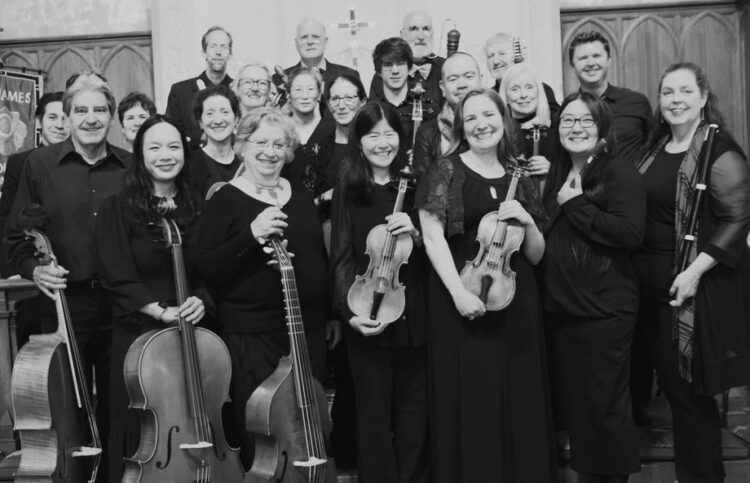
When Alex Shaffer moved in 2011 to Hamilton, a town of nearly 5,000 people on the western edge of Montana, there was little in the way of classical music, so the recorder and Baroque flute player founded Bitterroot Baroque three years later. At first, the organization brought in established ensembles, as a presenter. But as time when on, and the retired Pfizer biologist met more area musicians, he was able to assemble enough players to field a small orchestra. Some were members of the Missoula Symphony who wanted opportunities to play period instruments. Others were amateurs and students. Gradually, the orchestra became the sole focus of Bitterroot Baroque, which typically presents two or three performances a year. The orchestra’s size varies, but it usually has around 20 members.
“It was totally my project,” Shaffer said, “but the downside of that is that I did everything myself, and now, I’m kind of aging out of it. I’m 77 and in the process of finding other people to take it over.” To that end, Sarah Stone, a New York-based musician who plays cello and viola da gamba, will be taking on the administrative duties in July. She helped Bitterroot get started and currently serves as a visiting artist and member of its board.
Most of these community-based ensembles function in a similar way. Members pay a fee for a semester or a set — the terminology varies — which covers the rental costs for the rehearsal hall as well as stipends for the director and any professional artistic associates. Most make a point of not turning away anyone, even if they can’t afford the fees, covering any such financial gaps through donations.
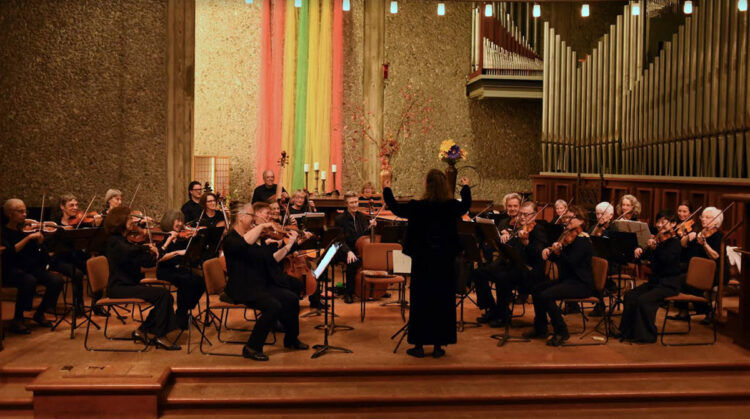
The Berkeley Baroque Strings, formed about a decade ago, charges $135 for each of its three annual sets, each incorporating nine rehearsals and two concerts. Those fees cover the $50 rental of a rehearsal space on Monday evenings at St. Clements Episcopal Church in Berkeley, which is also one of the group’s regular performance venues. The 23-member Kensington Baroque Orchestra, which started in 2015 in San Diego and is now led by director and principal violinist Pama Lynn Broeckel, charges $150 a term.
‘We do not reject anybody because they are either too good or too bad’
In every group, the skills of the players vary considerably. “We take all comers — singers, players, pluckers — anybody of any level is invited to come and participate. We do not reject anybody because they are either too good or too bad,” said Tony Elitcher who serves as the administrative director of the New York Continuo Collective. That East Coast group, which formed in 1998 and now has 35 members, explores the art of basso continuo, a Baroque-style accompaniment for instrumentalists and singers. And violinist Kati Kyme, director of the Berkeley Baroque Strings since 2013, has found the amateur players who show up are eager to improve. “People get it pretty quickly,” she said. “They do work hard. They do practice their music.”
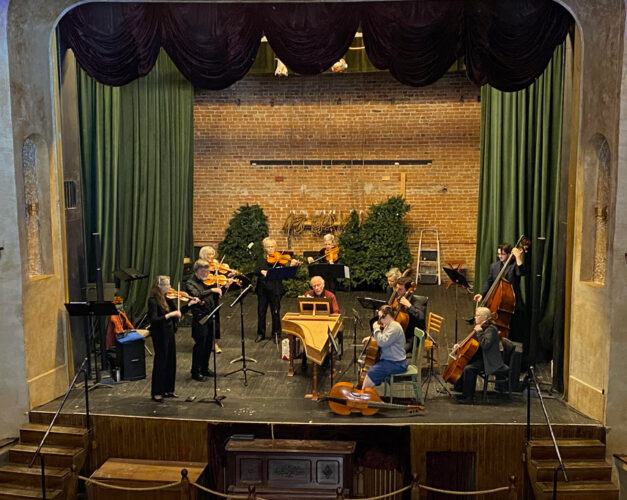
Some members of these groups are music students looking for a place to gain experience with early music. Others are professional modern-instrument players interested in historical styles and period instruments. One member of Los Angeles Baroque, for example, has played in the Los Angeles Opera Orchestra for 30 years. Most of the players, though, are music enthusiasts who are retired or still active in other careers.
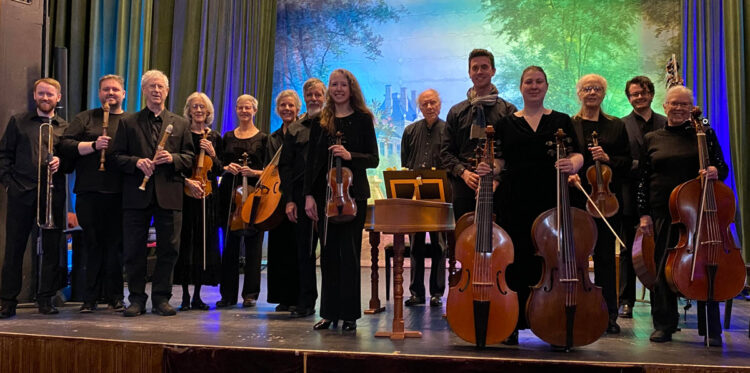
Carolyn Wallace, who has been a member of Seattle’s New Baroque Orchestra for more than a decade, played flute in bands when she was growing up in northern Idaho but never had a chance to perform in orchestras. The retired anthropologist, who did health services research for the Department of Veterans Affairs, didn’t return to music until her late 30s when she got involved with a recorder group at the suggestion of a friend. She went on to take lessons and join the Seattle Recorder Society, where during one of its meetings she heard a short concert presented by the New Baroque Orchestra and decided to join. “The virtuoso music I leave for other people,” she said, “but I can find plenty of challenging music. It’s been a pleasure to have an instrument that I’ve been able to play for almost 40 years, so I’m pleased with that.”
Because of the members’ mixed skills and because they join ensembles with the express goal of learning and improving, the professional musicians who run these community-based groups must act as much as teachers as leaders. Austin DeSimone, a retired IT consultant, had nothing but praise for LaMotte as a mentor. He’s taken private lessons with the violinist and played under him in Trillium Baroque for some seven years. “The improvement in the orchestra as a whole has been really impressive, and I love it more than I thought I would at first,” DeSimone said. “Adam has done an amazing job teaching us stylistic approaches and building enthusiasm, and he picks great repertoire.”
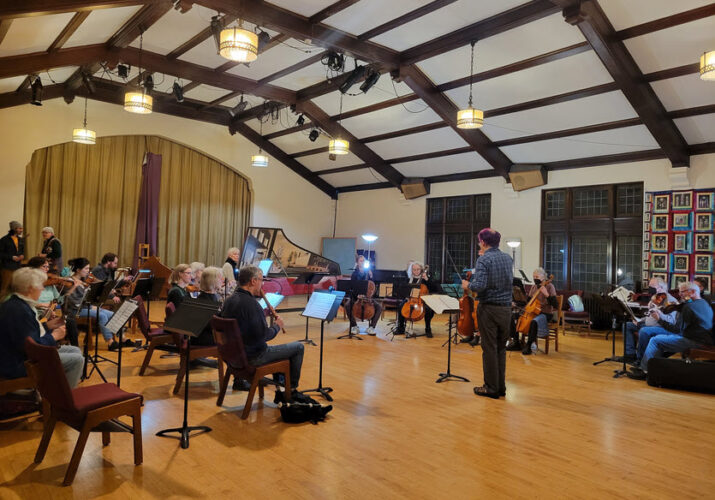
DeSimone earned a master’s degree in violin performance and played in two professional orchestras when, at age 30, he suffered a neck injury from a car accident and had to give up music as a career. About 15 years ago, just after he moved from Pittsburgh to Portland, he picked up the instrument again and was delighted to discover a rich early-music scene. He met LaMotte at a chamber-music event and was inspired to convert one of his violins into a Baroque-style instrument and join Trillium. “It’s everything,” he said. “It’s an intellectual endeavor. It’s an artistic endeavor. It’s a social endeavor and an inspiration for living that has made my retirement a whole different world.”
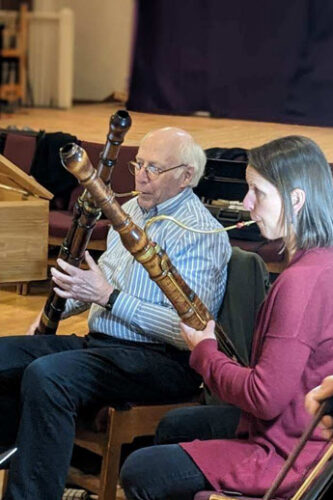
One of the other important traits for these ensemble leaders is flexibility, because the line-up of these groups is always changing. “It’s always an adventure,” Strand-Polyak said. “I hold my breath every session.” Unlike a professional ensemble, which can hire the musicians it needs, these leaders have to adapt to the musicians they have. That might mean an outsized number of violins or the absence of a key instrument. Bitterroot Baroque bought a theorbo, for example, although they can’t find anyone to play it!
“It’s kind of sore point,” said Shaffer. “I thought with all the plucked-instrument players in Montana — every other person plays guitar — surely someone would be interested in learning theorbo, but it’s quite difficult and specialized.” At the same time, these leaders have to adapt the repertoire they choose to the mixed playing levels of their members.
Still, Strand-Polyak is unfazed by such concerns. She points out that composers during the Baroque era had to contend with the loss of musicians to the devastating Thirty Years War and to the plague, not to mention everyday sicknesses that might keep musicians out for the week they are needed. The result are works that have “crazy instrumentations” like J.S. Bach’s cantatas. “The wonderful thing about early music is that they were dealing with these same problems,” she said. “Whatever ensemble you wind up with, you can find something [in the repertoire] that works.” It’s a big difference from orchestral compositions in the Romantic era and later that are much more uniform in structure. At the same time, Strand-Polyak said, Baroque composers had a fluid sense of who was a professional and who was an amateur, so a range of skill levels is built right into many of their works.
Baroque composers had a fluid sense of who was a professional and who was an amateur. A range of skill levels is built right into many of their works.
Despite the challenges with fluctuating memberships and playing levels, these groups still set their sights high when it comes to programming. They play important works by major composers along with lesser-known offerings by lesser-known composers that excite the groups’ leaders. Trillium Baroque has performed masterpieces by such notables as Handel and Vivaldi and has delved into the works of the decidedly less celebrated Giovanni Antonio Bertoli. “As long as we can get good parts,” LaMotte said, “as long as they are legible, and as long as the music is good and everyone agrees, then we program it.”
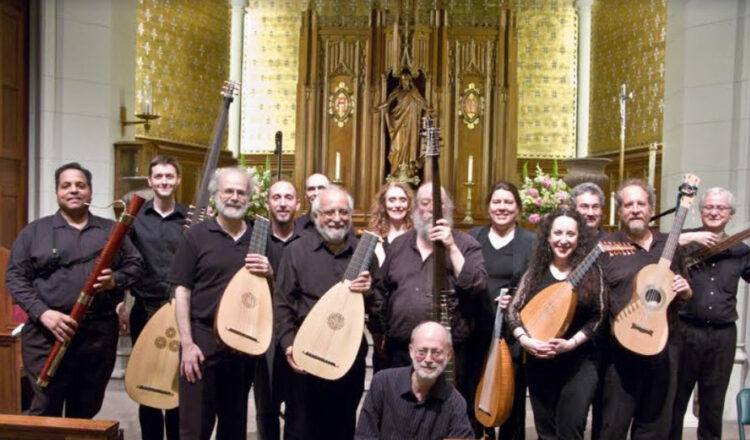
In March, the Berkeley Baroque Strings offered a program titled Bach and Telemann: A Friendly Rivalry that included such works as Telemann’s Concerto Polonais and J.S. Bach’s Oboe and Violin Concerto in C minor. In April 2023, in a show directed by Grant Herreid and Richard Kolb, the New York Continuo Collective presented scenes from three 17th-century Roman operas by Domenico Mazzocchi, Michelangelo Rossi, and Luigi Rossi.
“It’s exciting for me to show players who may not know anything but Bach and Telemann that there is so much really great music out there,” said Berkeley Baroque’s Kyme. “I try to devise interesting programs, finding wide eyes of appreciation.”
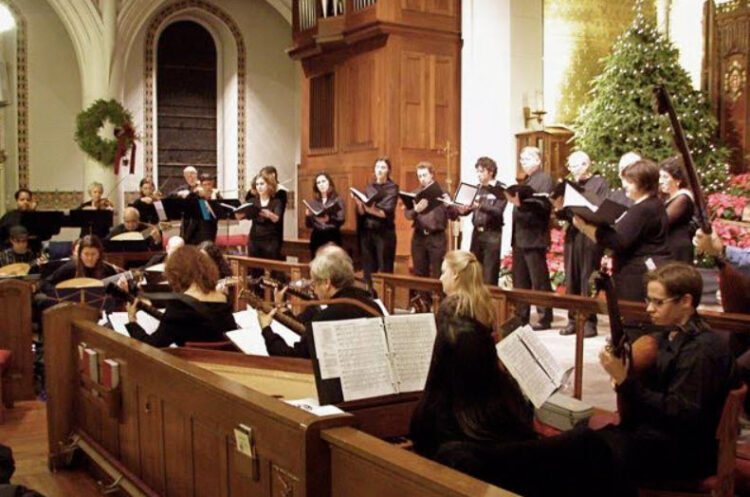
Among those appreciative players is L.A. Baroque’s Tsong, who was thrilled the first time she heard the ensemble perform. “It was so full of life,” she said. “There were people of all ages and all cultures, and they were making music together in my neighborhood, and I thought, ‘One day, I’m going to join this group.’” The violist is one of a growing number of amateur musicians across the country who are not just listening to early music but are eagerly embracing it, every week, as players.
Kyle MacMillan served as the classical music critic for the Denver Post from 2000 through 2011. He is now a freelance journalist in Chicago, contributing to the Chicago Sun-Times and Modern Luxury and writing for national publications including the Wall Street Journal and Chamber Music.

